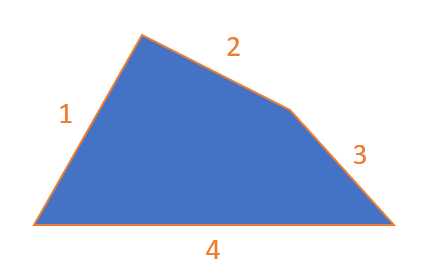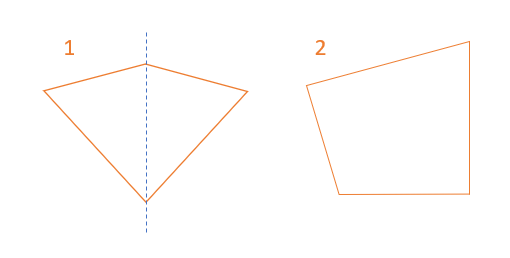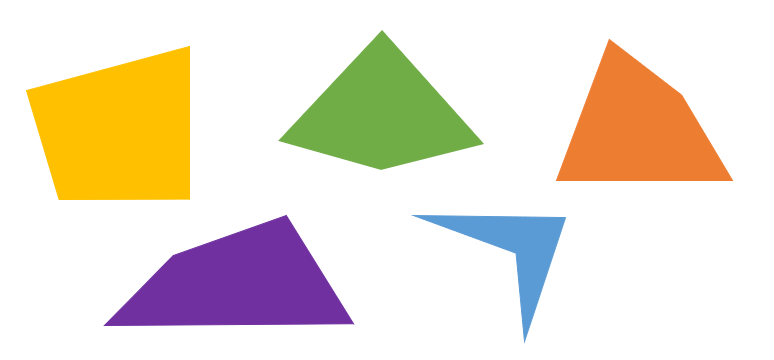In today’s post, we are going to study a bit of geometry. We will focus on one flat figure: the trapezium (UK – trapezoid).

There is considerable confusion over the definition of ‘trapezoid’ and ‘trapezium’ due to differences in the British and US versions. As you can see from the table above, the meanings of the two words are exactly reversed between the US and British interpretations.
In this post, we will be referring to the USA trapezium, which is the same as a British trapezoid.
Trapeziums are one of the lesser known geometric shapes and raise a lot of questions with elementary aged students. We are going to learn to define, characterize, identify, and construct trapeziums in all forms.
Index
Definition of a trapezium
It is a flat geometric figure with 4 sides of which none are parallel to another.
Exercise: Which of the following figures is a trapezium?
Hint: Since all of the figures have 4 sides, you should look closely at the parallels that exist, or don’t, between all of the sides in each figure.
Solution: Only the purple figure is a trapezium.
Types of trapeziums
Let’s go a little further and move on to learn how to differentiate between trapeziums and others. All of them should fulfill the conditions we have defined (flat geometric figure, 4 sides, none of the sides are parallel to another) but they can be grouped into different types.
Symmetrical or asymmetrical
Depending on whether or not it has an axis of internal symmetry we can differentiate between symmetrical (has internal symmetry axis) and asymmetrical (doesn’t have internal symmetry axis) trapeziums.
Exercise: Identify the symmetrical and asymmetrical trapeziums.
Hint: Look closely at which of the two figures has an internal axis of symmetry drawn.
Solution: Trapezium 1 is symmetrical and trapezium 2 is asymmetrical.
Concave or convex
Whether their diagonals are internal or external is what makes them considered convex (all of their diagonals are internal) or concave (some diagonals are external).
Exercise: Identify the concave and convex trapeziums.
Hint: Look closely at the diagonal lines drawn on each figure. Try to see which ones are drawn outside of the figure.
Solution: Trapezium 1 is concave and trapezium 2 is convex.
Trapezium Exercise
Now you know how to identify and classify trapeziums. All that’s left to do is practice!
Exercise: Classify the following flat figures.
I hope that with these explanations you have a much clearer idea about trapeziums. If you want more exercises like this and much more, log on to Smartick, register, and try our method for free.
Learn More:
- Identifying Flat Symmetrical Figures
- Discover Geometric Figures Found in Our Environment
- Symmetry: What It Is And How to Find It
- Geometric Figures and Straight Lines
- What Are Solid Geometric Shapes or Bodies?












